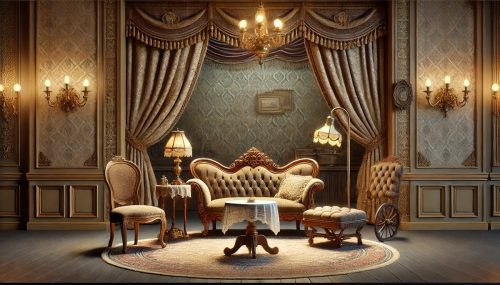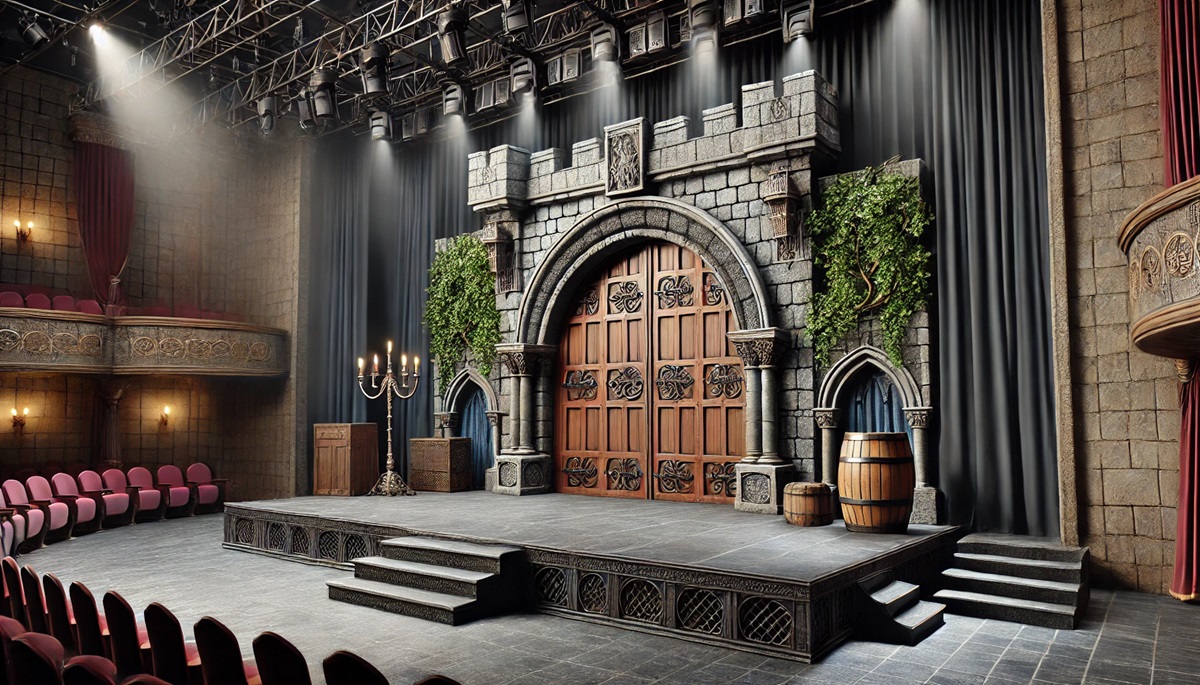The Essential Role of Theater Stage Props: Crafting Immersive Experiences for Audiences
Theater is a unique art form that combines storytelling, acting, music, and visual design to create a compelling experience. At the heart of this experience lies an often-overlooked component: stage props. These objects, ranging from mundane everyday items to intricate and symbolic pieces, are integral to the storytelling process. They not only serve practical functions but also enhance the emotional depth and authenticity of a performance. In this blog, we will explore the multifaceted role of theater stage props, examining their significance, the creative processes behind their design and construction, and their impact on both performers and audiences.
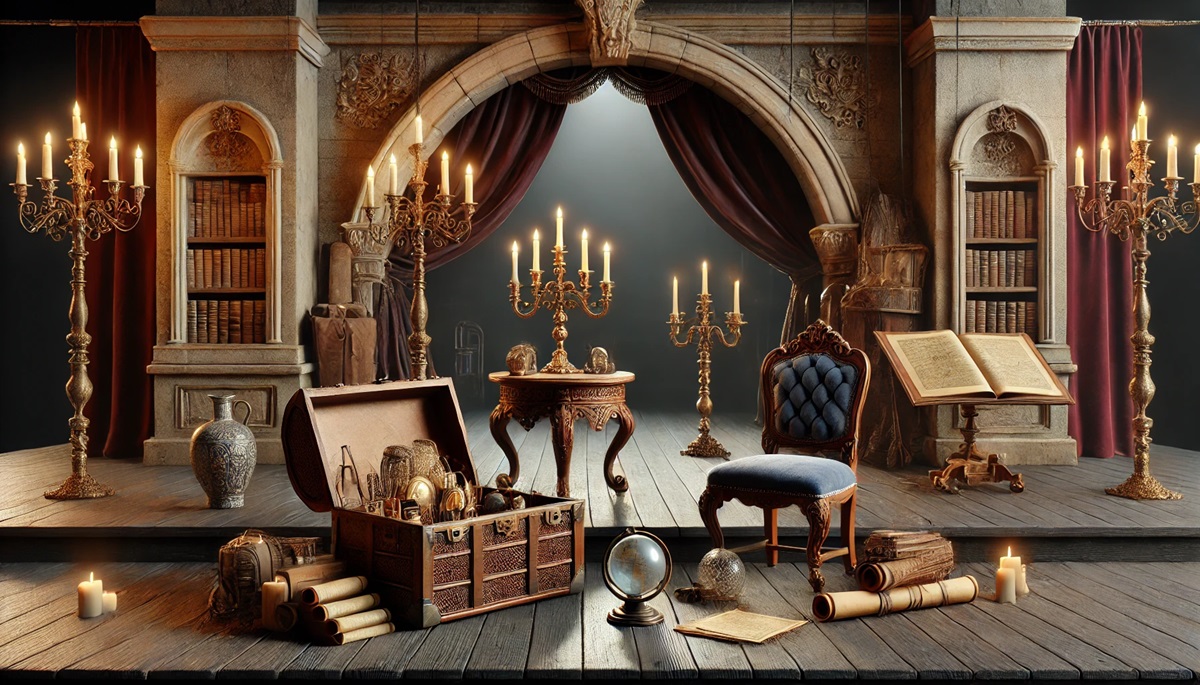
Understanding the Importance of Theater Stage Props in Storytelling
Theater stage props serve as essential storytelling tools that help to establish the setting, develop characters, and convey themes. Their importance can be understood through several key aspects:
- Setting the Scene: Props are instrumental in creating the physical environment of a production. They help establish the time period, location, and mood, allowing the audience to immerse themselves in the world of the play. For instance, a simple chair can signify a cozy living room, while a rusty old trunk might evoke a sense of adventure or nostalgia. By carefully selecting and arranging props, designers can transport audiences to different places and times, enhancing the overall experience.
- Character Development: Props can reveal essential details about a character’s personality, background, and motivations. For example, a character who carries a worn-out suitcase may suggest a life of travel and uncertainty, while a character with a meticulously polished guitar may indicate a passion for music and a desire for success. By observing how characters interact with their props, audiences gain insights into their inner lives, making the narrative more relatable and engaging.
- Symbolism and Themes: Many props carry symbolic meanings that contribute to the overall themes of a production. A broken mirror, for instance, may represent fractured identities or lost dreams, while a vibrant flower could symbolize hope and renewal. The use of symbolic props enriches the storytelling by inviting audiences to engage with deeper meanings and interpretations, prompting them to reflect on the underlying messages of the play.
- Creating Visual Interest: Props add visual elements that enhance the aesthetic appeal of a performance. The colors, textures, and designs of props contribute to the overall visual narrative, helping to create a cohesive look and feel. A well-designed set filled with carefully chosen props can captivate audiences and draw them further into the story. The visual impact of props can be especially powerful in theater, where the staging often relies on a combination of sight and sound to convey meaning.
The Collaborative Process of Designing and Creating Theater Stage Props
The creation of theater stage props is a collaborative process that involves various artists and craftspeople working together to bring the vision of a production to life. This collaborative effort typically includes several stages, from conceptualization to final installation.
- Concept Development: The journey of creating stage props begins with concept development. Directors, set designers, and prop masters collaborate to define the aesthetic and functional needs of the production. They consider the script, themes, and character arcs to determine which props will best support the story. This initial brainstorming session sets the foundation for the entire prop-making process.
- Research and Inspiration: After establishing concepts, the design team conducts research to gather inspiration. This may involve exploring historical references, artwork, and photographs that relate to the time period or setting of the play. Designers often visit museums, libraries, and antique shops to find authentic items that can inspire their creations. This research phase is critical for ensuring that props accurately reflect the world of the story.
- Design Sketches and Models: Once designers have gathered inspiration, they create sketches and models of the props. These initial designs outline the size, shape, and materials needed for each item. Designing props at this stage allows the team to visualize how they will fit into the overall set. Models can also help identify any potential issues before moving into production, allowing for adjustments as needed.
- Material Selection: The choice of materials is a vital aspect of prop-making. Designers consider factors such as weight, durability, and visual appeal when selecting materials. Common choices include wood, foam, plastic, metal, and fabric. For example, lightweight materials may be used for props that need to be easily moved by actors, while more robust materials may be chosen for items that require stability and durability.
- Construction and Fabrication: Once the designs are finalized and materials selected, the construction phase begins. Skilled artisans and craftsmen bring the designs to life using various techniques, such as woodworking, metalworking, sewing, and painting. The construction process involves cutting, shaping, and assembling the materials to create the final props. Attention to detail is crucial at this stage to ensure that the props meet the desired specifications.
- Painting and Finishing Touches: After the primary construction is complete, props undergo a finishing process to enhance their appearance. This may include painting, weathering, and adding textures to achieve a realistic look. For example, a wooden table may be painted to appear aged and worn, while a treasure chest might be adorned with intricate details to emphasize its importance in the story. These finishing touches elevate the props and ensure they align with the overall aesthetic of the production.
- Installation and Rehearsals: Once the props are completed, they are installed on stage. The prop master collaborates with the director and set designer to ensure that each item is placed correctly within the set. During rehearsals, actors practice their interactions with the props, allowing the production team to make any necessary adjustments to ensure everything runs smoothly during performances.
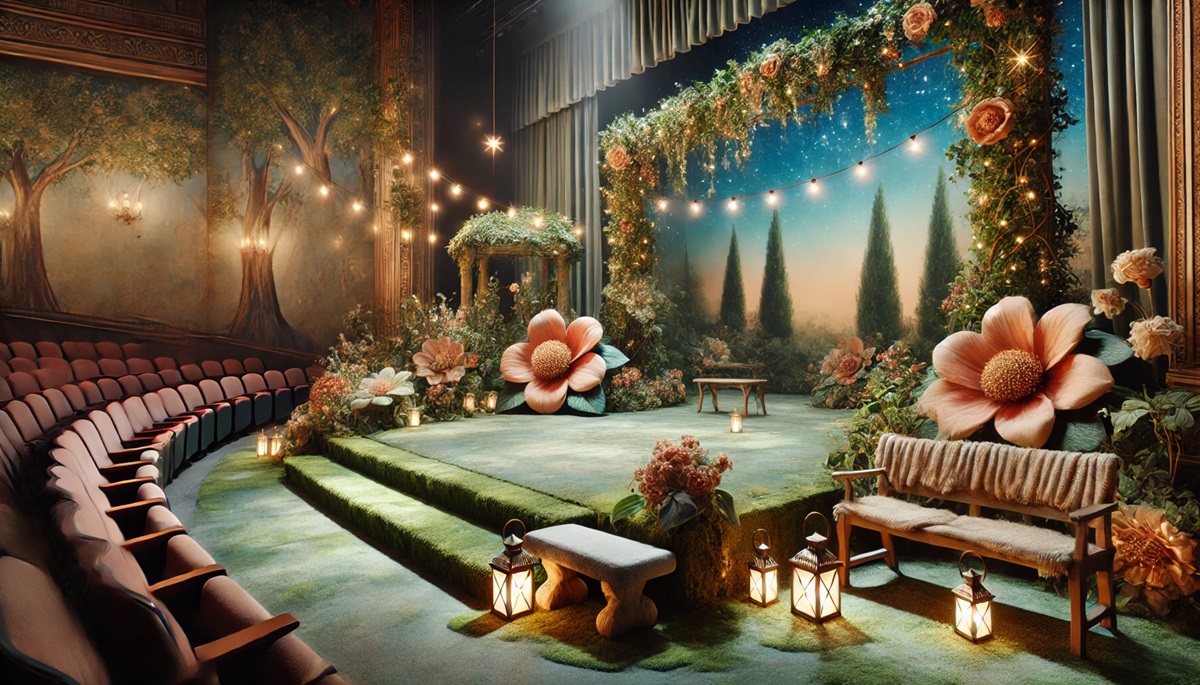
Iconic Examples of Theater Stage Props That Left a Mark
Throughout the history of theater, certain props have become iconic, leaving a lasting impact on audiences and influencing future productions. Here are a few notable examples that highlight the creativity and significance of stage props:
- The Tramp’s Cane in Charlie Chaplin’s Films: Charlie Chaplin’s character, the Tramp, is often seen with his cane, which serves as a signature prop in many of his films. The cane not only aids him in walking but also becomes a tool for comedic gags and visual storytelling. Its versatility exemplifies how a simple prop can enhance character development and humor.
- The Rose in “Romeo and Juliet”: In Shakespeare’s timeless play, the rose symbolizes love and beauty. The famous line, “A rose by any other name would smell as sweet,” underscores the importance of this prop in conveying the themes of love and desire. Its presence on stage evokes powerful emotions and resonates with audiences across generations.
- The Time-Turner in “Harry Potter and the Prisoner of Azkaban”: In the stage adaptation of J.K. Rowling’s beloved series, the Time-Turner is a crucial prop that symbolizes time travel and the complexities of choices. The intricate design of the Time-Turner enhances its magical aura, serving as a visual cue for audiences and deepening their connection to the characters’ journeys.
- The Magic Mirror in “Snow White”: In adaptations of “Snow White,” the magic mirror serves as a powerful prop that reveals truths and drives the narrative. Its design, often ornate and reflective, adds to the mystical atmosphere of the story. The mirror’s presence heightens tension and intrigue, captivating audiences with its enchanting allure.
- The Red Dress in “The Handmaid’s Tale”: In the television adaptation of Margaret Atwood’s novel, the red dress worn by the Handmaids serves as a potent symbol of oppression and resistance. The stark color and design convey the bleakness of the characters’ lives while also emphasizing themes of individuality and rebellion. This prop has become emblematic of the story, sparking discussions about gender and power.
The Emotional Impact of Theater Stage Props on Audiences
The emotional power of stage props can significantly affect audience engagement and connection to the narrative. Well-crafted props enhance the overall experience by creating a deeper emotional landscape for viewers to explore.
- Eliciting Emotional Responses: Stage props can evoke strong emotional responses from audiences. A character holding a cherished object, such as a locket or photograph, can elicit feelings of nostalgia and longing. Similarly, a prop that signifies loss or conflict, like a broken chair or shattered vase, can create tension and empathy. By tapping into these emotions, props deepen the audience’s investment in the story.
- Creating Relatability: Props can help audiences relate to the characters and their experiences. Everyday items, like a coffee cup or family photo, make characters more relatable and human. When viewers see props that mirror their own lives, they can connect with the narrative on a personal level, enhancing their emotional investment in the story.
- Enhancing Dramatic Moments: Props can intensify dramatic moments, heightening the emotional stakes of a scene. For instance, a character gripping a weapon during a tense confrontation can create a palpable sense of danger and urgency. The presence of a prop can amplify the stakes of a situation, drawing the audience into the conflict and making them feel the tension.
- Facilitating Memory and Reflection: Props can serve as visual reminders of key themes and moments in a story. When audiences recall a performance, specific props may trigger memories and reflections on the characters’ journeys. This lasting impact underscores the importance of props in creating memorable experiences.
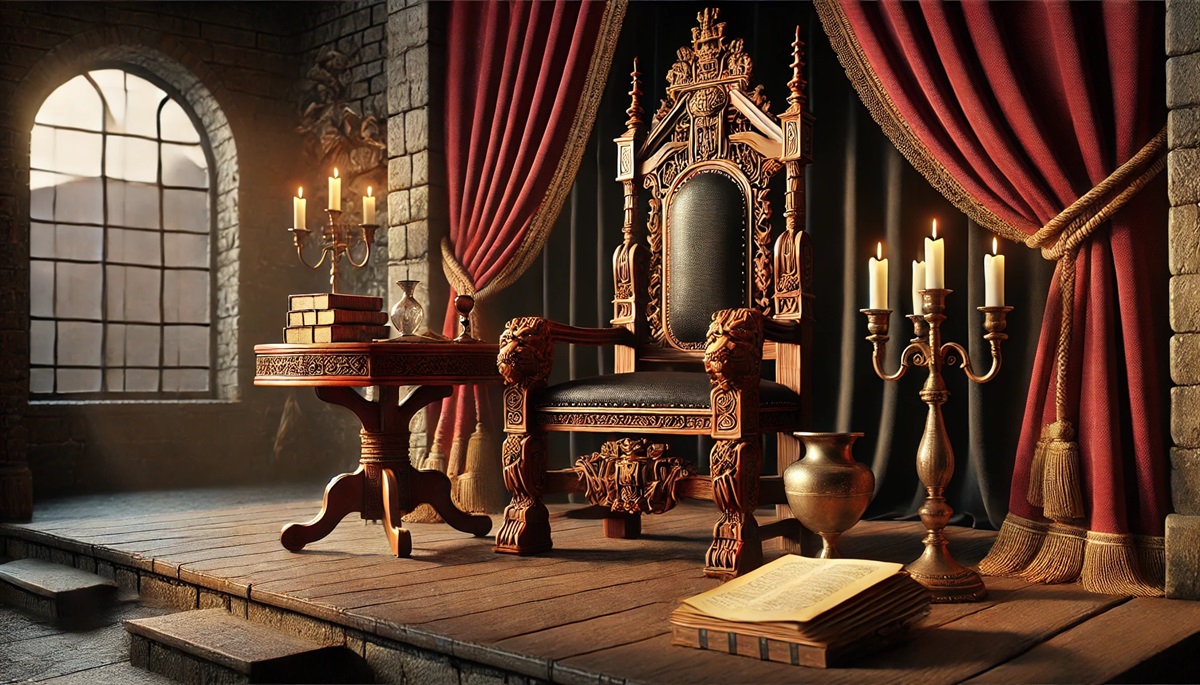
The Challenges of Creating Theater Stage Props: Balancing Creativity and Practicality
While the art of creating theater stage props is rewarding, it comes with its share of challenges. Prop-makers often face constraints that require them to navigate creativity while adhering to practical limitations.
- Budget Constraints: Many productions operate within tight budgets, which can limit the scope of prop-making. Prop designers must be resourceful, finding creative solutions to maximize their resources. This may involve repurposing existing props, utilizing cost-effective materials, or collaborating with local artisans who can provide unique items at lower costs. Being innovative with budget constraints can lead to creative solutions that not only fulfill the production’s needs but also add unexpected flair to the overall aesthetic.
- Time Constraints: The timeline for prop-making can be a significant challenge, especially when productions are on a tight schedule. Prop designers must work efficiently to ensure that all items are completed and ready for rehearsals. Effective project management and organization are essential to navigate the demands of time constraints, with regular check-ins to monitor progress and make adjustments as needed.
